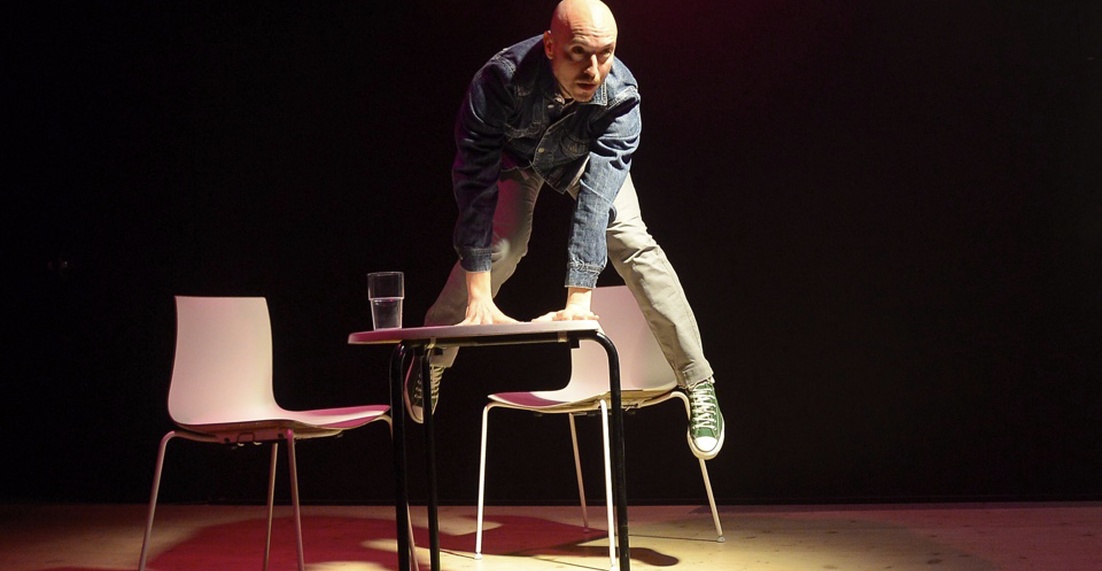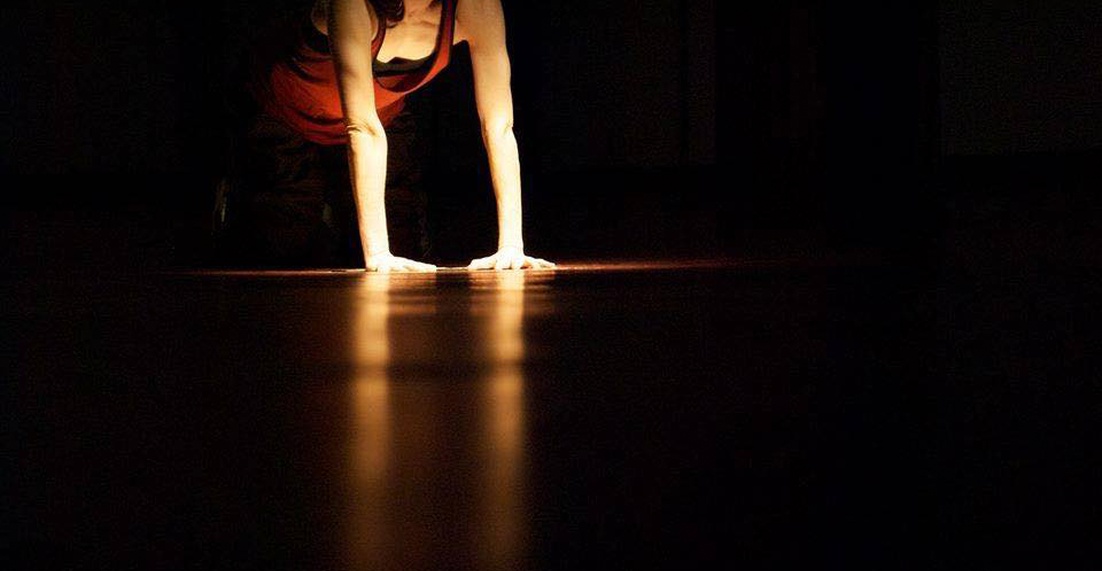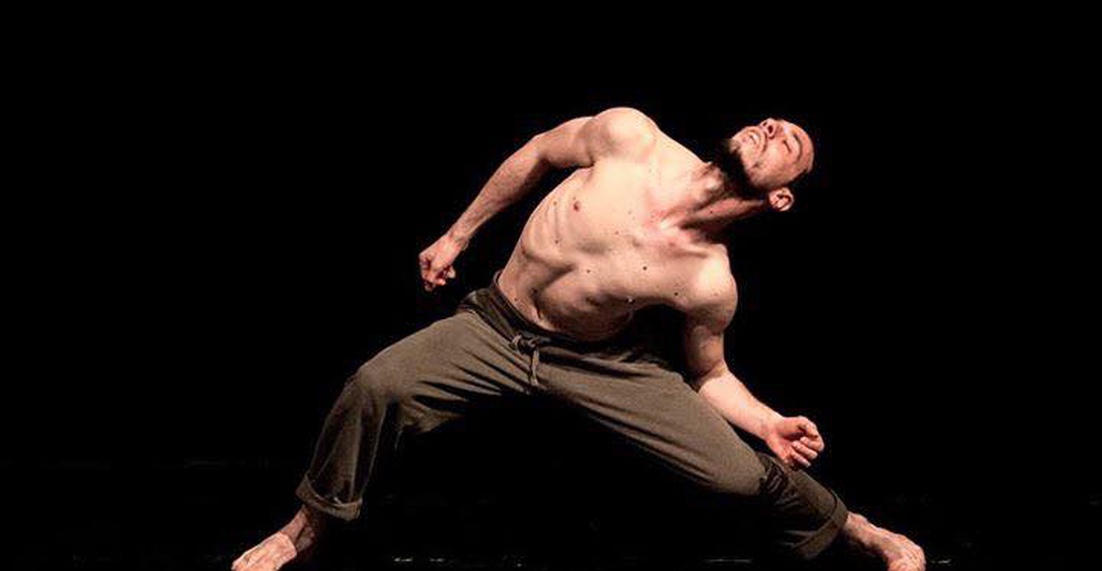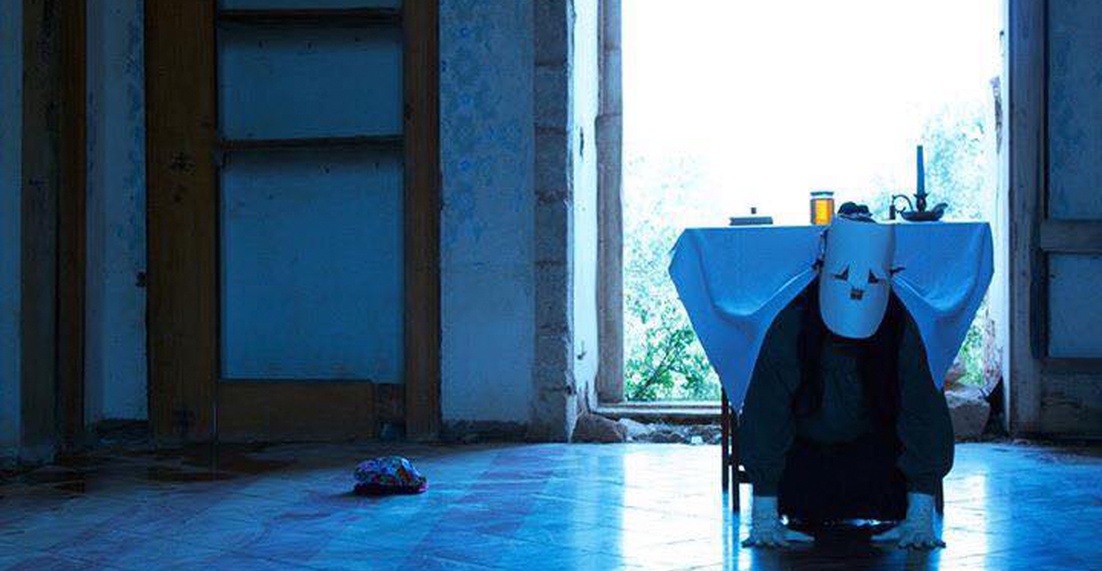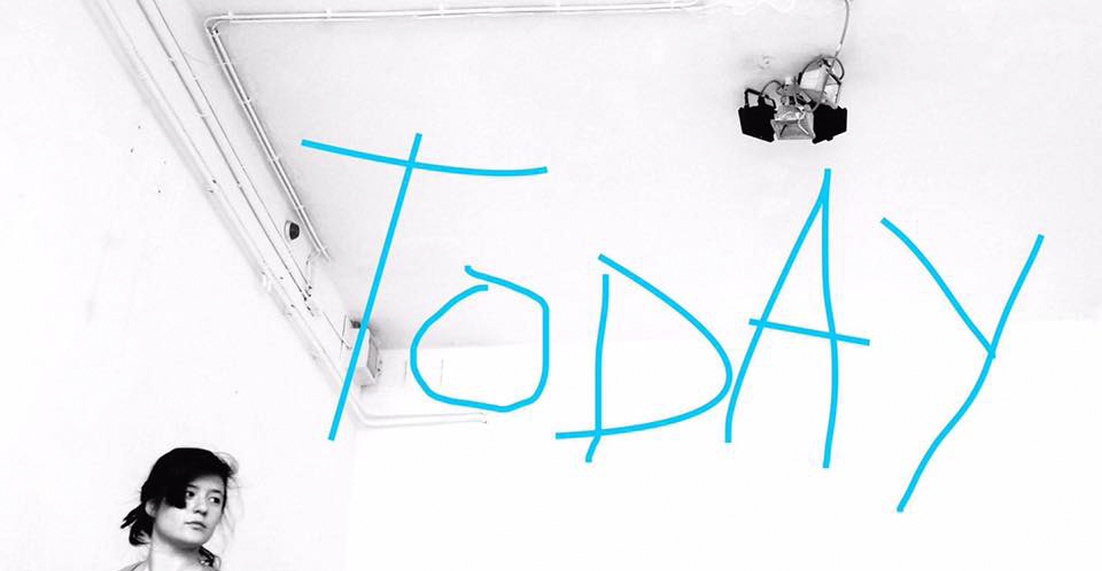Selected and promoted by ANTICORPI XL – a young original dance network
This work piece is the result of the last picture taken to Federico García Lorca sitting at Cafè Chiqui-Kutz a few months before his death, to finally get to a contemporary situation: a club, some pop music, two close and distant bodies inside their loneliness, more or less explicit desires.
by Maristella Tanzi
SEMPLICE DANZA IN LEVARE
"Semplice danza in levare" was born from a desire to re-create the dancing gesture and clean up the narration while keeping a subtle reference to the emotion that, in a different space-time, generated it. The body becomes directly physical and takes on an essential expressive shape. Emotion becomes acted space. Presence and memory are made lighter and simply offered to the viewer’s gaze.
A cradle, cradling, being cradled. Object, action and sensation. Mudita.
“Some reviewers referred that mudita means “sympathetic joy” or “selfless joy”, a kind of joy that we feel when anybody else is happy. This is though a limitation as it discriminates between ourselves and others. From a deeper point of view, mudita is a joy full of peace and satisfaction. We are happy when we see other people happy but we are also happy for our personal wellness. How can we feel joy for someone else if we don’t feel joy for ourselves? Joy belongs to everybody.”
Thich Nhat Hann Teachings on love
Taking care of others, of ourselves and the magic of it, the reaction generated by devoting ourselves to others, can be compared to the action itself but in contrary direction. Cradling and feeling cradled at the same time, which is real when we take the courage of letting ourselves go, of exposing ourselves and letting things happen. When we investigate about such simple and complex themes at the same time, we will be inevitably witnessing the encounter between balance and unbalance. Just as when we are children and we want to be pushed on a swing, too slow is not good.. “a little bit harder” but not too much or we’ll get scared and feel it dangerous. The right sensitivity is needed, we need to train ourselves to sensitivity.
Forgetting is so easy, forgetting ourselves and being insensitive, ignoring ourselves.
I don’t mean to translate all of this into a dance, this would be too much. I would define this introduction as the source from which this creative need arose and took me, unexpectedly, towards a highly concrete, physical and bodily dimension.
The main character of this performance is a dual woman. There is a reference to the Apulian tradition of the long night of the dead celebrated every year on 2nd of November, when tables were laid with the food offered by the earth to allow the departed souls to enjoy it again. The dual woman keeps her balance along this liquid line between the world of the living and the world of the dead. Particularly, honey binds the first and the second paintings and is the glue of the whole dancing scene. It is the guiding element of the whole journey that brings back memories: a striptease to the tune of Giuni Russo, the desire to go to Alghero gets stuck under the sand; she never went there. That honey then, tastes like sea and is like a breath of wind coming from a distant memory. Some positions and transitions see the body immersed on several levels: eager to emerge from the melancholy of regret and to be in the Bahamas of Sardinia, swaying like a Hawaiian suicide girl. The dull fuchsia stockings of her first date, the fresh new swimming bath, Grandma Concetta's candle, the wind that blows it out and the fading in time.
Today, the present day. Information from the world, information of a present body matter feeding itself with surrounding atmospheres. A shared moment where movement generates instant translations. Today is happening right now and is taking the story of this moment onto the stage, described by a constantly moving being that absorbs constant notifications.
